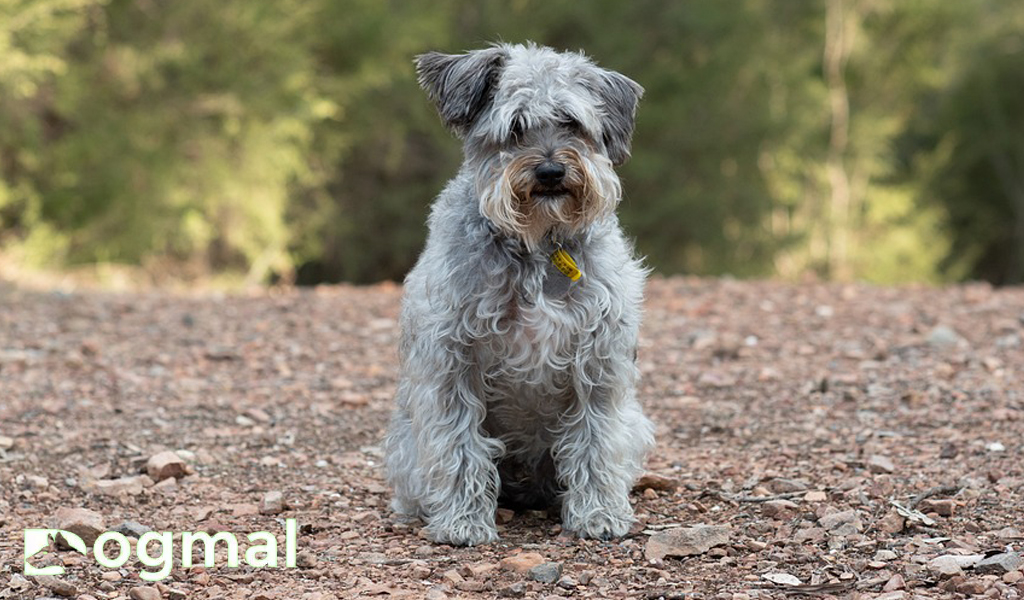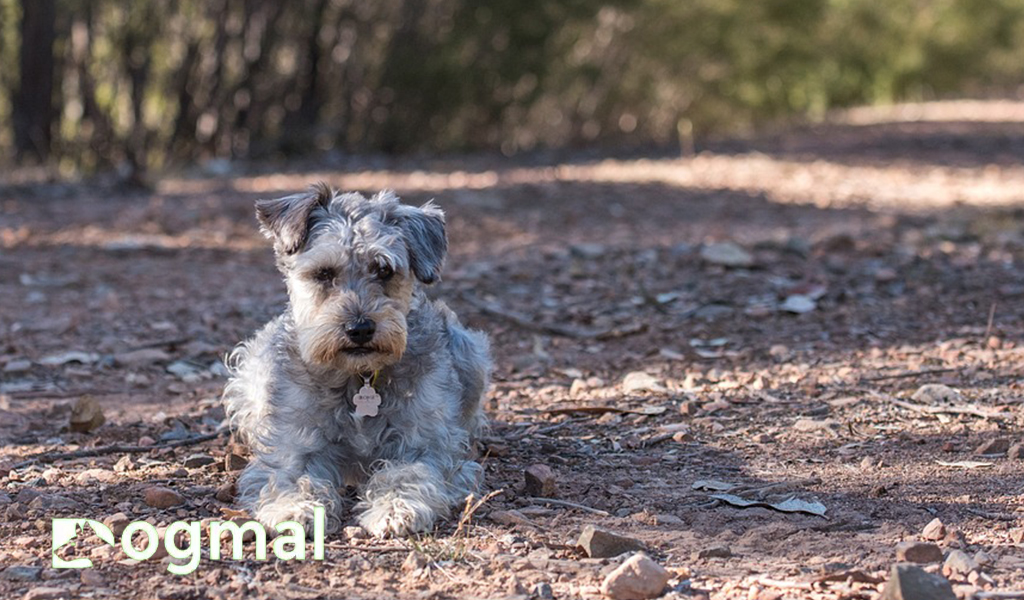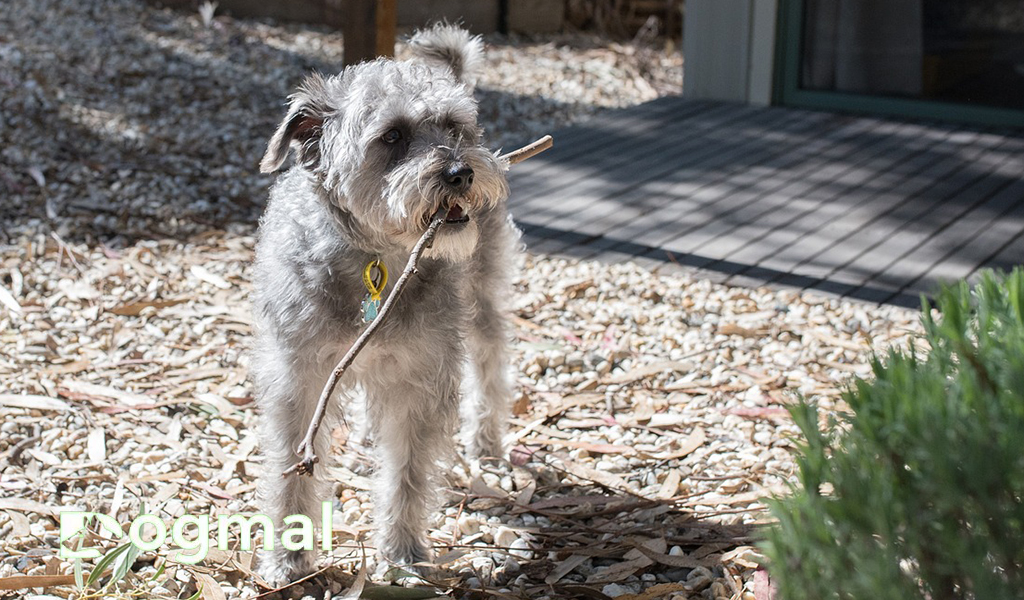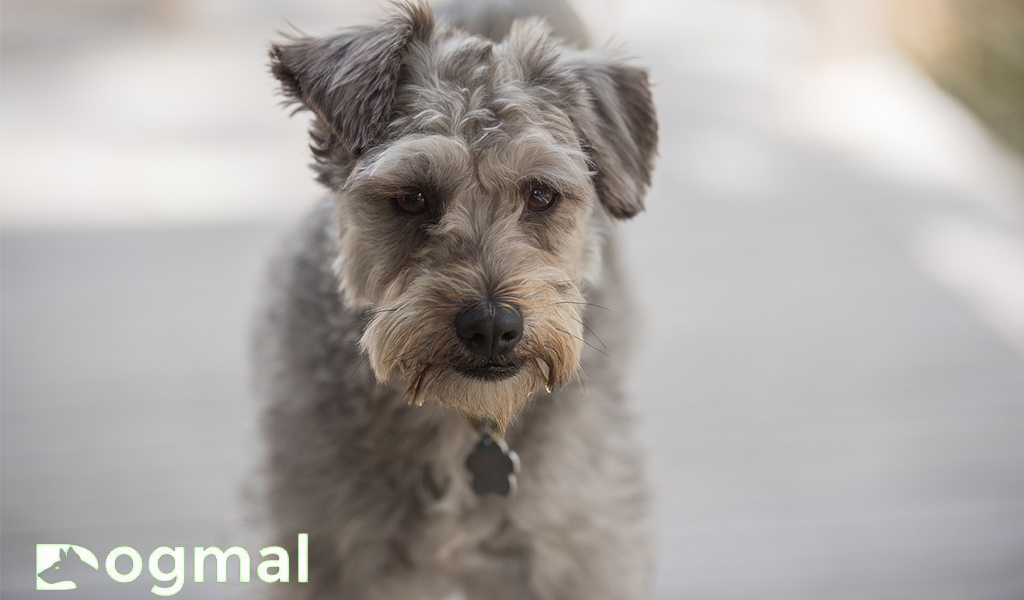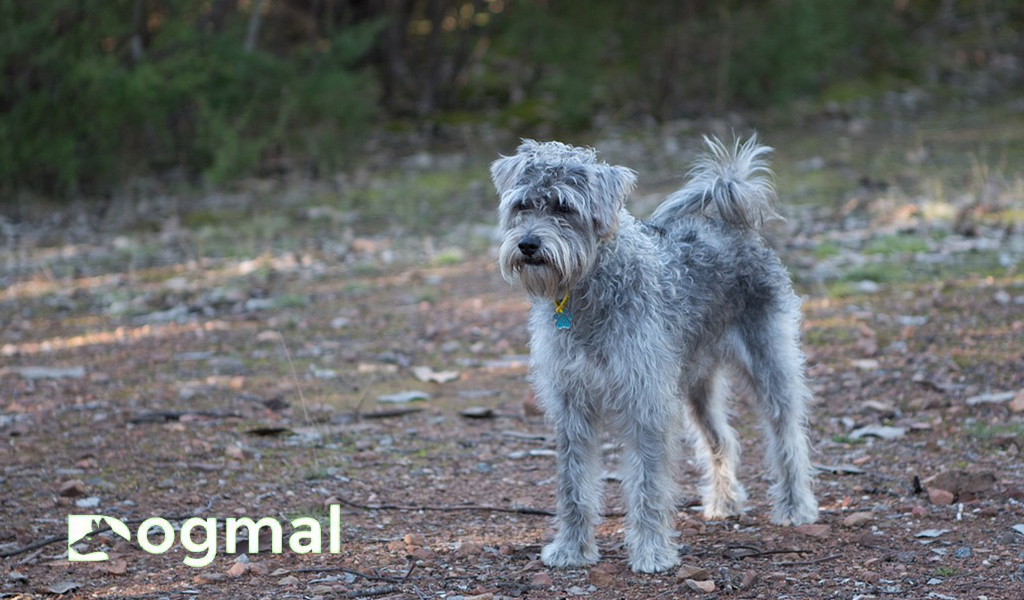The Schnoodle is Loyal, Playful, and Intelligent dog breed. Due to their friendly traits, high intellect, and hypoallergenic hair, these dogs are often referred to as “stuffed toy” dogs.
They make excellent watchdogs because of their attentive Personality, which is a consequence of a blending of Schnauzer and Poodle alertness. Schnoodles make excellent pet dogs. They cherish the company of their loved ones and adore their community.
Highlights/Content
- History of Schnoodle Dog
- Breed Overview
- Appearance
- Temperament
- Health
- Schnoodle Dog Dog Care
- Advantages and Disadvantages
- Photo gallery
History of the Schnoodle Dog
The Schnoodle is a popular mixed-breed dog that was created by crossing a Schnauzer with a Poodle. In the 1980s, as the poodle mix was becoming more and more popular, these designer dogs were developed over the past few decades, the number of crossbred dogs.
These dogs who are the offspring of two separate purebreds—has grown, giving rise to numerous new crossbreed dog varieties. The breed was created in Germany for use in barnyard rattering and herding livestock. There are ordinary, miniature, and toy sizes of the Schnauzer, another parent of the Schnoodle.
Their name derives from the German word Schnauzer, which is pronounced similarly to the English word “snout.” Due to its lack of purebred status, the hybrid Schnoodle is not recognized by the American Kennel Club (AKC).
Schnoodle Dog Overview
- Origin: United States
- Nick Name: Schnauzerpoo, Schnauzerdoodle
- Life Span:12-15 Years
- Height:10-26 Inch
- Weight:5-70 Pound
- Coat:Curly, Medium
- Color:Brown / Chocolate / Liver, Red, Gold / Yellow, Cream, Fawn, Black, Gray, White
- Litter Size:Up to 9 Puppies
- Breed Size: Small
- Energy Level:Active
- Exercise Need: Medium
- Barking level: Frequent
- Patterns: Bicolor, Sable, Black and Tan, Liver and Tan
- Breed Group: Hybrid
Appearance
The Schnoodle dogs, which are cross breeds of schnauzers and poodles, can be different from other members of the same breed. Puppies’ fur may differ from that of their parents due to the different coat textures of both parents.
While some dogs may have curly coats like their poodle parent, others may have wiry coats like the Schnauzer. These dogs occasionally have coats that are a hybrid of their two parent breeds.
Schnoodles generally have a square body and a straight, perhaps slightly sloping, back. When the dog is satisfied, the tail is held erect. These dogs have a medium sized head that tapers towards the mouth. Schnoodle may have brown or hazel eyes and black or brown noses.
Temperament
The Schnoodle is loving, friendly and loyal friends. He is an intelligent dog. As they are very affectionate and love to play with their owners, they make excellent security dogs. They have some territorial tendencies and are often friendly to outsiders. Schnoodle are energetic, fun and occasionally sneaky.
Schnoodle need early socialization, which like all other dogs involves exposure to different people, places, noises and experiences when they are young. Because of their instinctive urge to defend their owners and their property, they can be loud and alert guard dogs.
They are alert and can be very noisy guard dogs. Due to their docile nature, this breed may require training and gentle care before getting along with small children, but they thrive in homes with older children and adults.
Health
The Schnoodle and their parent breeds have many of the same health problems. They suffer from the same health problems as Schnauzers and poodles as a result of their hybrid status
The group of eye conditions known as Progressive Retinal Atrophy gradually deteriorates the retina, leading to eye problems and eventually total blindness. Congenital and early Cataracts are relatively common in Schnoodles. They can significantly impair vision and appear as crystalline or dull opacities in the lens of the eye.
Patellar luxation happens when the patellar bones are not correctly aligned and as a result, they slide in and out of position, resulting in discomfort and an irregular stride. Mild to severe seizures can induce abnormal behavior or tremors, which are symptoms of Epilepsy. When the body is unable to regulate blood sugar levels, Diabetes occurs.
Schnoodle Dog Care
Schnoodle are low shedding dogs and should be clipped or trimmed. This breed is low and medium maintenance. It is imperative to give them the necessary food. Training and exercise are also very important for their health. Care should be taken that more physical problems do not affect them.
Feeding
The recommended daily intake for the most common size of Schnoodle weighing about 20 pounds is 3/4 to 1 cup of high quality dry food. Dogs should consume 5% fat in their diet. Schnoodles need a diet to maintain their healthy weight and energy levels. For this dog to stay healthy and thrive in care, it needs a well-balanced, nutrient-dense diet.
Their diet should include vegetables, ground bones, healthy fats, and enough protein for their level of physical activity, along with important vitamins and minerals. The dog’s diet should contain five percent fat.
The dog diet should be at least 50% carbohydrates and 2.5 to 4.5 percent fiber. Carbohydrates can be found in plant foods, beans and grains including rice, oats and barley. Omega-3 fatty acids support eye health and enhance learning ability
Exercise
The Schnoodle needs a lot of mental and physical activity as he is a smart, energetic dog. Without activity, they will become bored and shockingly disruptive and difficult to control. Aim for 30 to 60 minutes of daily activity, preferably walking and some play time.
Daily activities that Schnoodle engage in should involve their favorite people as they love to spend time with them. They will gladly engage in endless play. Schnoodle pups can start getting exercise at 10–12 weeks old by going on short (5–15 minute) walks. Access to a few balls or other toys can let Schnoodle burn off any excess energy while indoors.
Grooming
Regular grooming enhances its appearance. Schnoodles inherit an appealing variety of hair types from their parents; the majority have smooth, silky, wavy fur that is hypoallergenic and low-shedding.
Usually first generation puppies have smooth, wavy coats that stay that way for the length of the dog’s life. To get rid of matting, the Schnoodle should be brushed two to three times a week.
Regular brushing, bathing, and cleaning of the ears and teeth are essential for proper Schnoodle grooming. They will need regular grooming including nail clipping for their coat.
Schnoodles do not require frequent bathing; Once or twice a month should be plenty to maintain their smooth coats.
Training
This intelligent lively and highly energetic dog will need to be trained. Both breeds are bright and love to work with their owners, so it’s fun to train them first. However, they will pick up negative behaviors just as quickly as good behaviors.
Both initial and continuous reward-based training is required. While this breed is often easy to train, some Schnoodle can be a little tricky. They are very intelligent dogs that love training. The use of early training, consistency and positive reinforcement gives the best results.
While larger Schnoodle can excel in obedience classes and need training to ensure they are pleasant with other dogs and people, walk quietly on a leash and remember well, smaller Schnoodle will love agility and heelwork to music.
Advantages and Disadvantage of Schnoodle dog
Advantage
- They are Smart and very Intelligent dogs.
- The Schnoodle Dog has the potential to become a family pet.
- They are Very easy to Train
- They usually have a less shedding coat
Disadvantage
- Their barking level is very high.
- They dislike being alone themselves.
- They will need to exercise regularly since they use a lot of energy.
Photo Gallery
